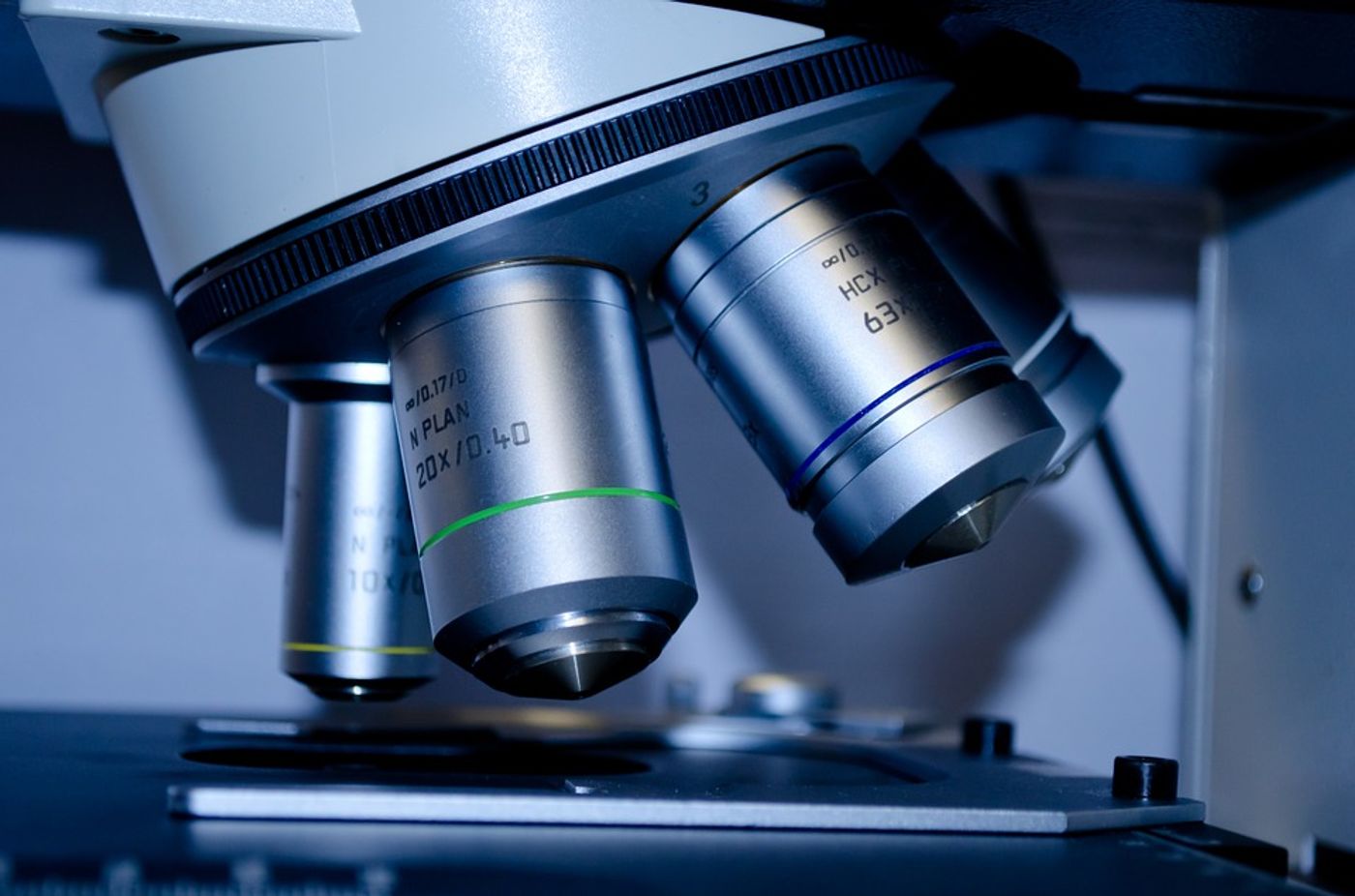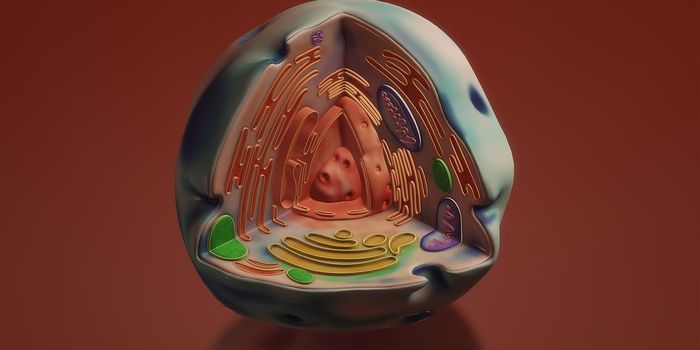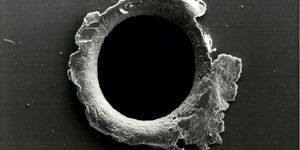Digital biopsies: coming soon to clinics near you
Research published recently in the Proceedings of the National Academy of Sciences reports the development of a digitized biopsy, one that could be conducted in cancer clinics around the country. The research comes from scientists at the University of Illinois at Urbana-Champaign who have created the modern alternative diagnostic tool.
"The advantage is that no stains are required, and both the organization of cells and their chemistry can be measured. Measuring the chemistry of tumor cells and their microenvironment can lead to better cancer diagnoses and a better understanding of the disease," said lead investigator Rohit Bhargava, a professor of bioengineering and the director of the Cancer Center at Illinois.
The technique essentially gives infrared capabilities to the standard optical microscope. Combined with machine learning algorithms, this technology has the capacity to outperform the tedious and often subjective method of how we currently diagnose cancer: dyes and stains.
"For more than a century, we have relied on adding dyes to human tissue biopsies to diagnose tumors. However, the shape and color induced by the dye provide very limited information about the underlying molecular changes that drive cancer," Bhargava said. Additionally, as Science Daily points out, it can be challenging to distinguish cancer from healthy tissue or to pinpoint the boundaries of a tumor.
It is important to clarify that the microscope these researchers have developed is not an infrared microscope. Instead, it is a hybrid – an optical microscope with an added infrared laser and a specialized microscope lens, called an interference objective, to an optical camera. The benefit of this is that it doesn’t come with all the expense and particularity of a true infrared camera, but it still takes infrared measurements.
"We built the hybrid microscope from off-the-shelf components. This is important because it allows others to easily build their own microscope or upgrade an existing microscope," said first author Martin Schnell.
The researchers hope their innovation will allow for improved mapping of cancer cells. "It is very intriguing what this additional detail can offer in terms of pathology diagnoses," Bhargava said. "This could help speed up the wait for results, reduce costs of reagents and people to stain tissue, and provide an 'all-digital' solution for cancer pathology."
Sources: PNAS, Science Daily
-
MAY 07, 2024Is It Anti-RNP or Anti-Sm/RNP?
-
MAY 08, 2024Expand your Multiomic Capabilities with RNAscope™
- See More
-
APR 30, 2024Immuno-Oncology Virtual Event Series 2024
-
MAY 07, 20243rd International Biosecurity Virtual Symposium
-
MAY 23, 2024For the Love of Digital PCR 2024
- See More


















































